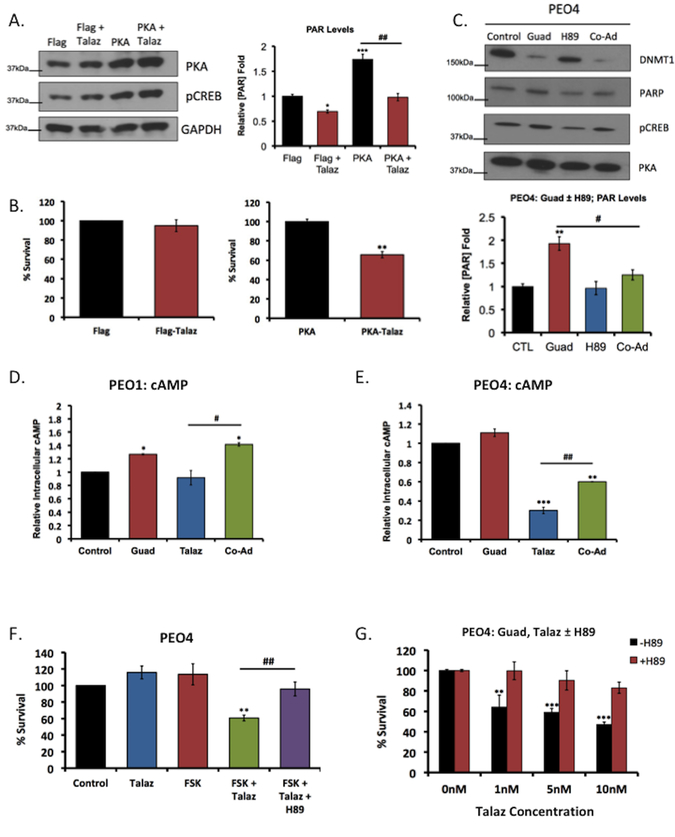Figure 3. Guadecitabine-induced ROS accumulation increases cAMP/PKA signaling and PARP activation.
(A) PEO4 cells ectopically expressing PKA or vector control were treated with or without 1nM talazoparib (Talaz) for 24hr. Cell lysate were subjected to western blot analysis against the indicated antibodies and PAR-capture ELISA to measure PAR levels. (B) Vector control and PKA overexpressing PEO4 cells were treated with 1nM Talaz and clonogenic survival assay was performed. Results are representative of three independent experiments. (C) PEO4 cells were treated with 20nM guadecitabine (Guad) with or without 5μM PKA inhibitor H89 for 72hrs. 24hrs post treatment cell lysates were subjected to western blot analysis and PAR-capture ELISA to measure PAR levels. (D) PEO1 and (E) PEO4 cells were treated with 20nM Guad or 1nM Talaz, alone and in combination for 72hrs. 24hrs post treatment cAMP levels were measured. Results are representative of three independent experiments. (F) PEO4 cells were treated with 10μM forskolin (FSK) or 1nM Talaz, alone and in combination, in the presence and absence of 5μM PKA inhibitor H89; clonogenic survival assay was performed. Results are representative of three independent experiments. (G) PEO4 cells overexpressing vector control or BRCA2 were treated with the indicated concentration of Talaz, in the presence or absence of 10μM FSK for 48hrs, and subjected to cell viability assays. Results are representative of three independent experiments, performed in duplicate. * p<0.01, ** p<0.001, *** p<0.0001 compared to control, # p<0.01, ## p<0.001 relative to bracketed treatment.

